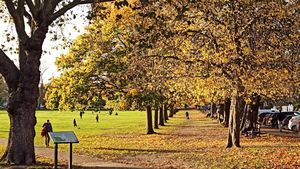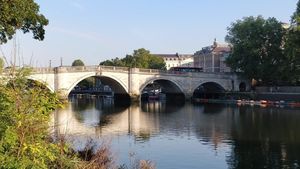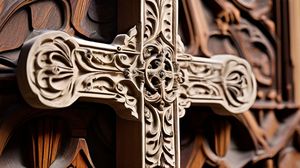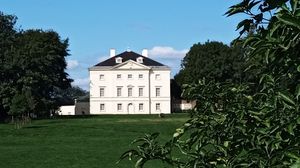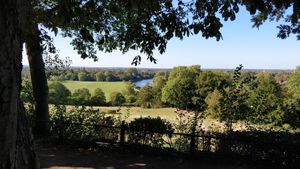
Richmond Palace was once a magnificent royal residence situated on the banks of the River Thames in Richmond, London. Built in the early 16th century by Henry VII, the palace was originally known as Sheen Palace before adopting the name Richmond, honoring the king's earldom in Yorkshire. This grand Tudor structure served as a favored home for many monarchs, including Henry VIII and Elizabeth I.
Henry VIII frequently used Richmond Palace as one of his many rural retreats, away from the bustling city life of London. It is reputed that he celebrated Christmas at Richmond Palace numerous times, often with lavish feasts and extravagant entertainment for his court. The setting was idyllic, with extensive gardens and hunting grounds that emphasized the opulence of Tudor court life.
An intriguing fact about Richmond Palace is that it was the place where Elizabeth I spent her final days. The queen passed away here in 1603, marking the end of the Tudor dynasty's influence over England. This connection gives the site a deep historical significance as it witnessed the closing chapter of one of England's most storied royal lineages.
The palace was largely demolished after the English Civil War in the mid-17th century. While no longer standing in its original form, some remnants of Richmond Palace still exist. The gatehouse, with its distinctive Tudor architectural elements, remains one of the few surviving parts of the once expansive royal estate, offering a glimpse into its past grandeur.
Richmond Palace has left a lasting legacy on the local area. The name "Richmond" itself originates from this palace, which played a critical role in shaping the identity of the district. Today, while only limited remnants of the original structure remain, the stories and historical threads associated with Richmond Palace continue to captivate visitors and enrich the area's historical tapestry.

Making the Most of Your Visit:
If you're going to check out Richmond Palace, start at the Old Palace Place. This street houses some of the remaining parts of the original palace, like the surviving gatehouse. It's hard to believe such an important historical site has become part of a residential area, but it definitely adds a layer of intrigue.
Make sure you give special attention to the Tudor architecture on the surviving gatehouse. You won't need a lot of time, but it's worth slowing down to notice the details, like the brickwork and the design that echo the grandeur that once was.
While you're there, take a leisurely stroll along the riverside. The views of the Thames are lovely, and it's easy to imagine why the monarchs were so fond of this retreat. You'll be treading the same paths they might have wandered on a quiet day.
For Tudor history buffs, try to plan your visit around one of the local historical walks or talks. There's often something going on in Richmond that explores its rich past, and it can be a great way to complement your visit to the remnants of the palace.
Don't forget to look out for the plaques and markers in the area that give context to what once stood there. They're little details that connect the dots and make the whole story come to life right where you're standing.

Visiting Times & Costs:
Richmond Palace, Richmond, is not open to the public as it is largely demolished, and the remaining parts, like the gatehouse, are within a residential area. There are no organized tours or dedicated opening times for Richmond Palace itself. Visitors can view the external architectural remnants and explore the area freely, making it effectively free of charge.
Since it is located within a public space, accessibility is generally good, and one can explore the vicinity with limited restrictions. However, do keep in mind that some of the residential areas may have restricted access.
While visiting, please respect the privacy of local residents and observe any local guidance about accessing the streets and viewing the historic remains.

Address & Map:

Nearby:
